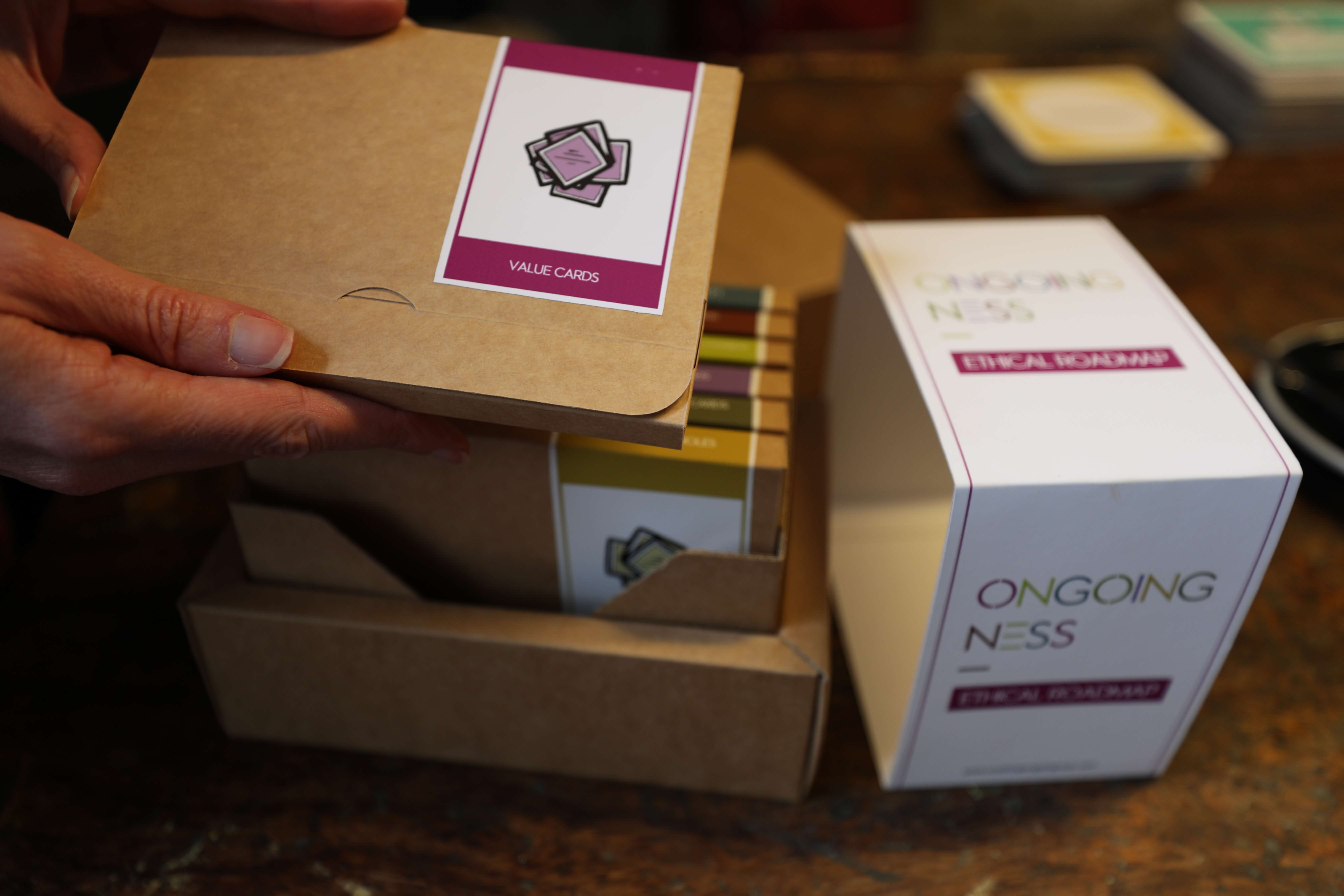This study sought to re-design facets of an eye clinic to make it responsive to the needs of individuals living with a diagnosis of dementia. The study resulted in the development of a series of discrete design-led interventions, created in partnership with and validated by people with dementia participating in the study.
Funded by NIHR CLAHRC YH
Partners: Professor Jo Cooke (CLAHRC); Jane McKeown (Sheffield University); Mary Freeman (Nurse Consultant, Opthalmology Sheffield Teaching Hospitals, Alzheimer’s Society)
Project lead: Claire Craig
Project team: Sarah Smith, Tom Maisey

Dementia is an umbrella term for a number of progressive conditions, all resulting in memory loss and disorientation. Speed of deterioration varies by condition and by individual (Alzheimer’s Society, 2015).
Whilst there is no cure as such for the condition, many people with a diagnosis are able to make adjustments to every-day life which enable them to continue to live well with the condition. However symptoms of dementia mean that people need more time to understand information and procedures. Procedures in acute care can be daunting, resulting in distress for the patient (International Longevity Centre, 2016), who may be unable to describe their current health needs (Royal College of Opthalmologists, 2015).
However, this positive achievement of medicine and modern ways of living means that as the nature of growing older is changing, so too is end-of-life. Whilst promoting the inclusion of older people in society enriches our social make-up, it also gives rise to new challenges.
This design-led study sought to re-design facets of an eye clinic to make it responsive to the needs of individuals living with a diagnosis of dementia. The project ‘creating a dementia friendly eye clinic’ focused on people who had sight loss or who were at risk of experiencing sight loss in a Northern City in the UK.
A problem-based ethnography built understanding of the current eye-clinic pathway, the types of activities and procedures individuals engaged in during a visit, and the broader environments where these took place. Subsequently, focus groups with people with dementia were held with a designer and artist in residence. A series of pre-prototypes were created in response to these. These were shared in two further meetings with staff and a further focus group that included people with dementia, individuals supporting people with dementia and Sheffield Royal Society for the Blind.
“This is such an important piece of work that will make a difference to so many people”
(family member of person with dementia).

Feedback from these meetings was incorporated into a series of interventions including a pre-visit information leaflet, a design for a patient-held record and a training package for staff.
The project highlighted the need for design to be responsive to people living with multiple conditions. Findings have been shared with colleagues in Ireland, New Zealand and Scotland. There are plans to extend and develop this work.

 to top
to top
